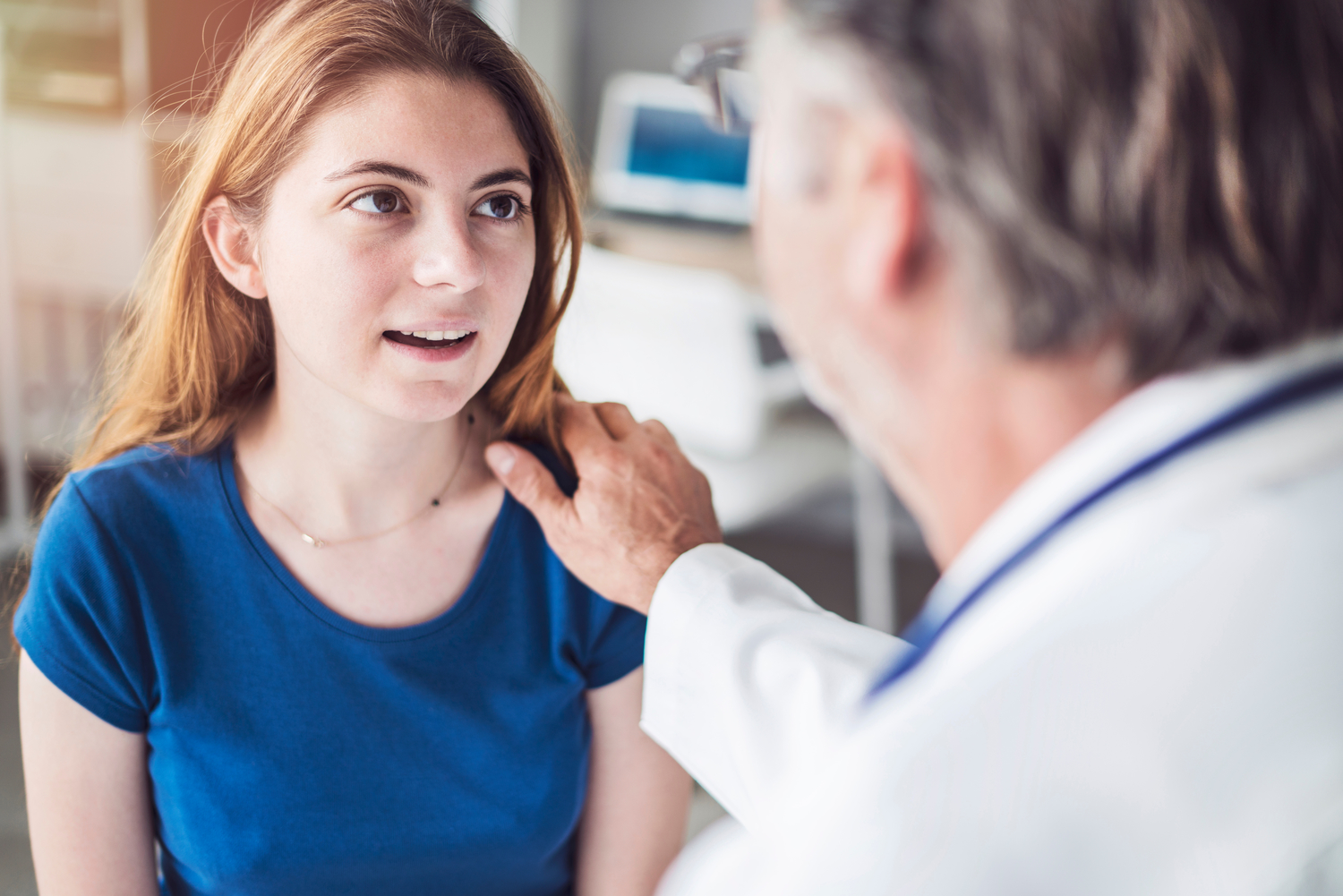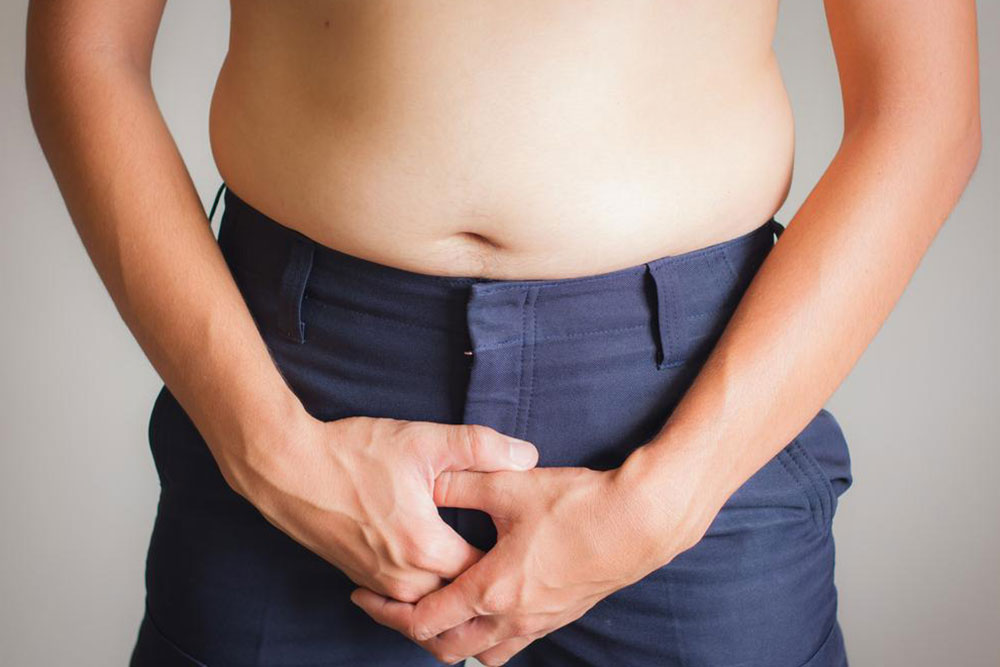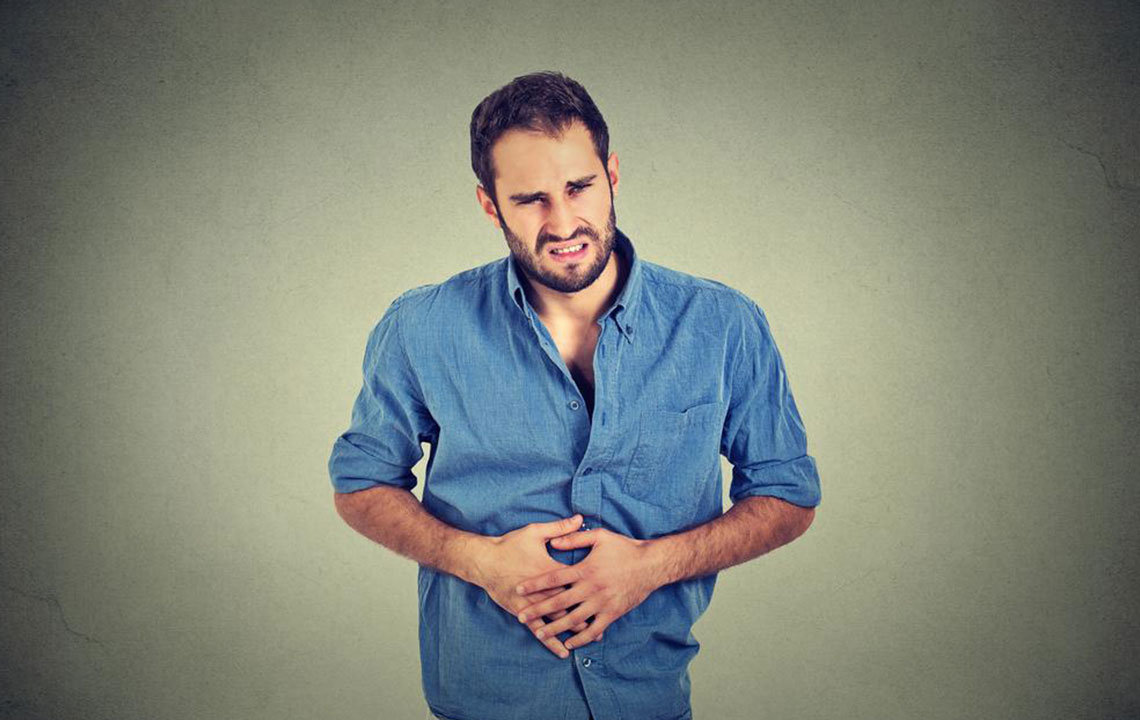Understanding Overactive Bladder: Causes, Symptoms, and Management Strategies
This article explores the causes, symptoms, and management options for overactive bladder. It covers lifestyle changes, behavioral therapies, medications, and nerve stimulation techniques to improve bladder control. Suitable for individuals experiencing urinary urgency and leakage, the content offers practical advice and treatment options to enhance quality of life and reduce symptoms effectively.

Understanding Overactive Bladder: Causes, Symptoms, and Management Strategies
Overactive bladder (OAB) is a condition characterized by sudden, involuntary contractions of the bladder muscles. This leads to a strong, urgent need to urinate that can be hard to control, even with minimal urine in the bladder. OAB is often referred to as urinary urgency.
In some cases, OAB causes accidental urine leakage, known as urgency urinary incontinence. Stress incontinence, where urine leaks during physical activities like coughing or lifting, is also common, especially when pelvic muscles supporting the bladder are weakened.
Signs of Overactive Bladder
Symptoms include:
A sudden, persistent urge to urinate
Involuntary urine leakage following urgency
Leakage during coughing, sneezing, or physical activity
Frequent urination, often more than eight times daily
Waking multiple times at night to urinate (nocturia)
Possible Causes of OAB
Involuntary bladder muscle contractions may occur due to nervous system issues, where brain signals trigger bladder muscles even when the bladder isn’t full.
Common reasons behind these nerve issues include:
Spinal cord injuries
Back problems
Stroke
Parkinson’s disease
Multiple sclerosis
Dementia
Diabetic neuropathy
Other factors contributing to OAB are:
Urinary tract infections
Bladder stones
Enlarged prostate (BPH)
Bladder tumors
High intake of caffeine or alcohol
Aging-related cognitive decline
Available Treatments for Overactive Bladder
OAB can impact daily life, affecting social activities and mental health. Thankfully, various treatment options exist, ranging from lifestyle modifications to medications and electrical nerve stimulation devices.
Lifestyle and Dietary Adjustments:
Maintain a healthy weight to reduce bladder pressure
Limit fluid intake according to medical advice
Avoid caffeinated drinks that increase urinary urgency
Behavioral Techniques (Pelvic Floor Exercises):
Kegel exercises – Regularly performing these exercises (30-80 times daily) can strengthen pelvic muscles, reducing incontinence. Proper technique and consistency are crucial for optimal results.
Biofeedback – Supervised by healthcare professionals, this method helps identify and control pelvic floor muscles to manage bladder contractions.
Additional Behavioral Therapies:
Bladder training – Learning to resist the urge to urinate and controlling pelvic muscles
Scheduled voiding – For elderly individuals, training the bladder to urinate at set times to prevent leaks
Medication Options:
Depending on individual cases, doctors may prescribe medications that usually show improvement within one to two weeks, with full effectiveness by six weeks.
Anticholinergics – These drugs relax bladder muscles, reducing urgency and frequency. They work similarly but differ in side effects and dosing.
Botox injections – Administered directly into the bladder muscle via cystoscopy, Botox blocks nerve signals that trigger contractions. Since effects are temporary, repeat treatments are necessary.
When other treatments are insufficient, nerve stimulation techniques may be employed. An implant that delivers gentle electrical impulses to the bladder nerves can help restore control.










